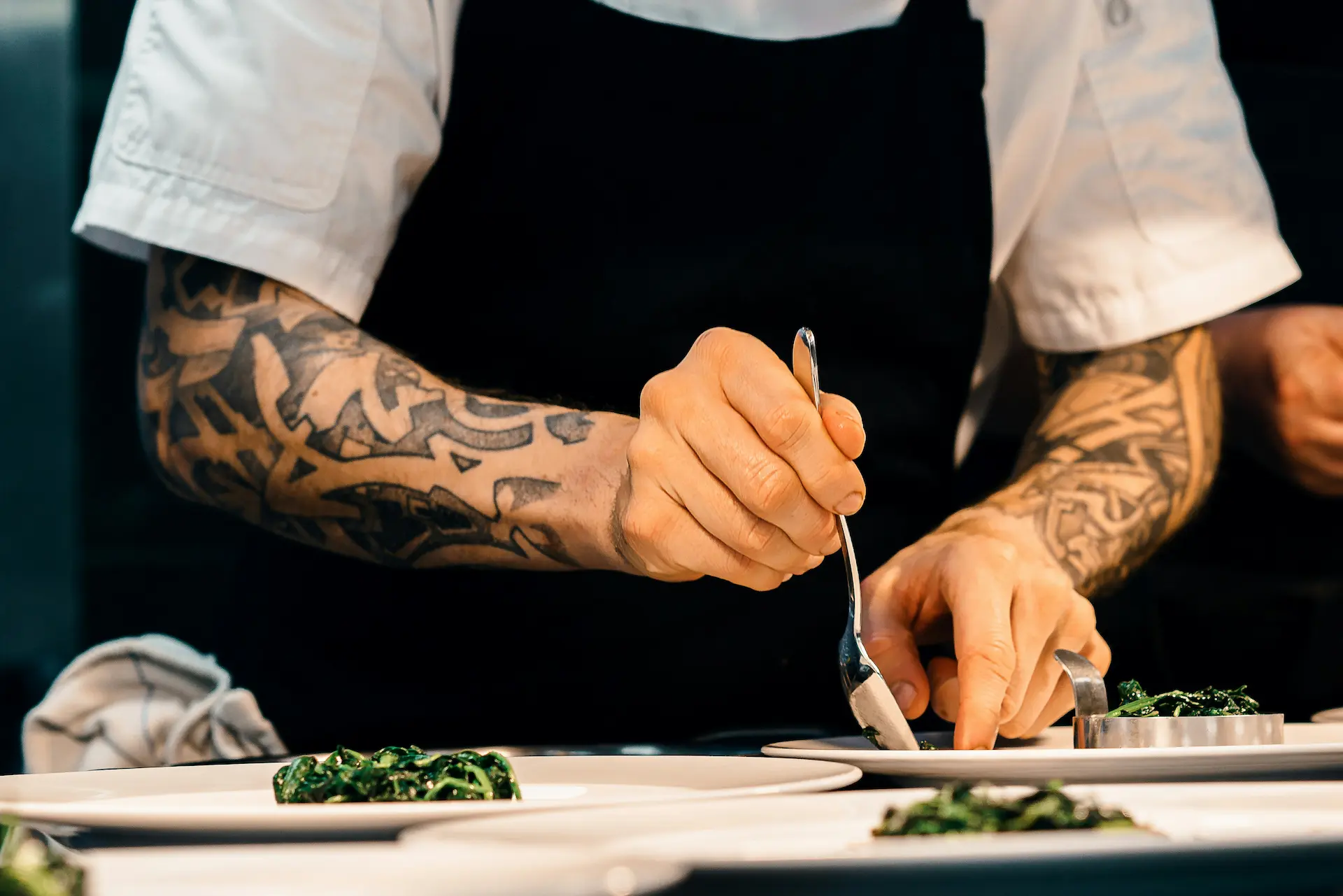
1. Clarify your restaurant's positioning
Before you start creating your menu, clarify your restaurant's positioning. What type of cuisine do you offer? What sets you apart from the competition? Knowing your target clientele is essential: what is their age, their food preferences, and their average budget? With Zenchef, you can create a customer file to collect and analyze valuable data about your customers, while respecting the GDPR. This in-depth knowledge allows you to evaluate the dishes that are most popular, anticipate future orders, and optimize your inventory management, while ensuring an offer that appeals to your target audience and supports your brand identity.
2. Select your dishes and categorize them into 20-30 options
According to the Chamber of Commerce and Industry, offering between 20 and 30 dishes is ideal for maintaining a balanced menu. This allows you to effectively manage your recipes and inventory. Organize your menu into different categories: appetizers, main courses, desserts, and consider special options such as a children's menu or vegetarian dishes. The key is to maintain a concise and uncluttered menu to avoid complicating the kitchen logistics and to offer a smooth and enjoyable customer experience.
3. Set dish prices
Setting prices requires a strategy that balances attractiveness for the customer and profitability for the restaurant. Ensure price consistency within the same category while adjusting based on profit margin and popularity. Kitchen specification sheets are valuable tools for analyzing the profitability of each dish by detailing the exact costs of ingredients and preparation time. This data ensures that each dish is not only delicious but also economically viable.
4. Create the menu layout: a key design
The design of your menu directly influences the perception and choices of your customers. It is crucial to highlight the star dishes, those that are both popular and profitable for you. Position them in key places, such as the top right on a two-page menu. Use attractive colors and frames to make them stand out. Get inspired by effective presentation strategies that will guide customers towards your best options (Source: Zenchef).
5. Design the menu
A good menu design harmonizes aesthetics with your brand identity. Choose colors and fonts that match the ambiance of your restaurant. Simple and elegant designs make reading easier and increase appetite. While online tools like Canva can be useful, hiring a graphic designer can guarantee a superior and professional result. When designing, be sure to write inspiring descriptions for each dish, as each edition should be enticing and showcase creativity.
6. Create a digital menu
With the rise of digital technologies, integrating a digital menu accessible by QR code is a wise choice. This offers a modern and interactive experience to the customer, while allowing for quick updates without printing delays and with increased personalization. The digital menu is not only economical but it also has the huge advantage of being easily translated into multiple languages, thus opening your doors to a wider international clientele. For more information, discover the advantages of digital menus (Source: Zenchef).
7. Regularly update your menu
A menu must live and evolve with the seasons and culinary trends. Complement current star dishes with new offerings to maintain your customers' curiosity. Regularly analyze which dishes are the most successful to adjust your menu accordingly, removing the least popular or profitable ones. For more advice on strategic menu adaptation, see how to respond to a crisis with creativity (Source: Zenchef).
8. Share your restaurant's menu
Make your menu easily accessible online and on various platforms: social networks, website, Google My Business listing. The menu is often the first contact with your establishment, so it must be attractive and easy to consult to arouse the interest of potential customers. (Source: Zenchef).
9. Translate your menu to attract tourists
A menu translated into different languages, maximizes your international appeal. This not only ensures easy understanding of the dishes for non-English speakers but also adds a professional dimension to your establishment, making the menu accessible to a wider tourist audience. Zenchef offers practical options for translating your menu into multiple languages (Source: Zenchef).
-> Discover our 7 free downloadable menu templates here
And what if your menu needs a refresh?
Be attentive to the signs that it's time to review your menu: a drop in attendance, decreasing profitability, or negative reviews are all signals to adjust your menu.
5 signs that it's time to change your restaurant's menu :
- Regular customers are coming less often: The appeal of your menu can fade over time. If your regular customers are becoming scarce, it may be time to diversify your offerings with dishes that pique their curiosity and align with new food trends (veganism, vegetarianism, etc.).
- Profitability is declining: Costs associated with dishes must be frequently reassessed. A menu that is no longer profitable requires an analysis of ingredient costs and other expenses to identify and resolve economic shortcomings.
- The occupancy rate is decreasing: This is an indicator of declining customer satisfaction. Stay attentive to feedback and quickly adjust the elements causing this decline.
- More and more negative reviews on review platforms: This feedback can reveal dissatisfaction at various levels. Review your offerings to respond effectively and positively.
- Very few dishes are being ordered: If some dishes are not as successful as expected, it's time to replace them with more popular and appealing alternatives for your customers.













.webp)

.webp)


















.webp)













